- Europe
- Americas
- Asia and Middle East
- Africa and Oceania
How to select your quick couplings? Guidelines to make the right choice in quick coupling types.
Which is the right type of quick release coupling for my installation?
Depending on the requirements, quick couplings can be divided into 2 different connection types: single connection couplings and multi-connection couplings. A single connector coupling manually connects both sides of the same fluid line. The multi-connection coupling allows for manual or automated connection of several fluid and/or electrical lines.
When choosing the connection type, assessing the compatibility between the quick coupler end, and the connecting end of the system is crucial for a seamless integration. We have identified eight factors that should be considered when deciding on quick coupling solutions.
By considering these factors, you can select the most suitable quick couplings that guarantee optimum flow of fluids, and flawless environmental and circuit integrity, while meeting safety, functionality, and efficiency requirements for your systems.
Factors to consider
The key criterias and aspects for our quick couplings are: safety, antipollution, fluid and environmental compatibility, customer installation, fluid flow passage, shutoff types and locking mechanism.
- Safety
- Shut-off types
- Rated Pressure
- Sealing
- Ease of Use
- Environmental conditions
- Material Compatibility
- Locking Mechanism
The benefits of Stäubli quick couplings
Stäubli offers a wide range of standard dry disconnected and quick couplings as well as highly specialized connectors compatible for all types of circuits and applications, meeting the needs of all industries. Stäubli’s connection solutions provide the following advantages:
- Speed
- Safety
- Cleanliness
- Anti-pollution
- Ergonomics
Discover our global range of quick and dry disconnect couplings
Discover our global range of quick and dry disconnect couplings
-
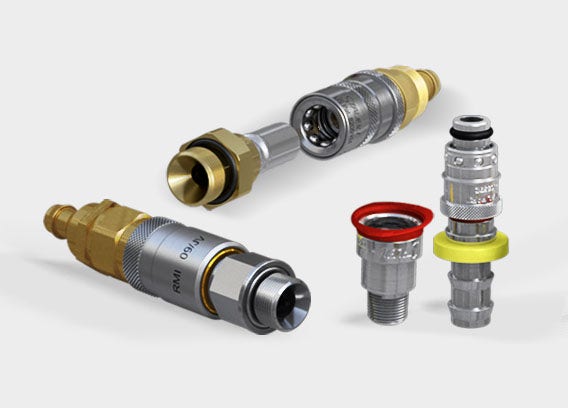
Temperature control
Choosing the best temperature control solution for each application is critical, regardless of the coolant fluid used, conditions of use, operating environment and cost and productivity factors. -
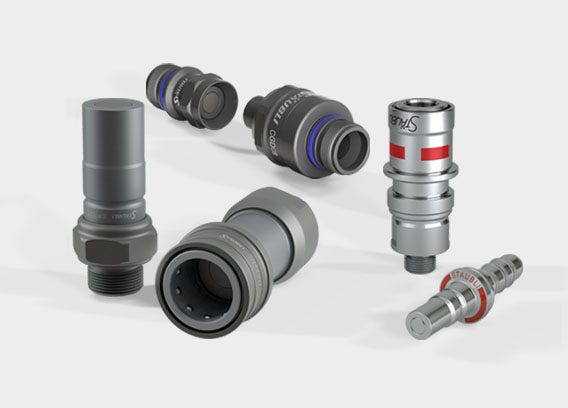
Thermal management
Absolute tightness is vital in the liquid cooling of electronics. Stäubli's non-spill quick-release couplings are ideally suited for use in thermal management circuits and ensure reliability over long periods of time. -
/teasers/Products%20family/air-conditioning-quick-coupling-range-tim-2x.jpg)
Air conditioning fluids
Stäubli’s quick release couplings allow frequent connection and disconnection of cooling system equipment with no need to refill the circuits with coolant. -
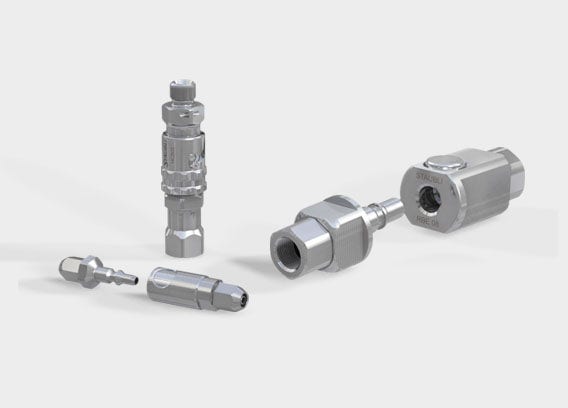
Fluids & gases
Stäubli’s quick connectors for fluids and gases consist of a full range of products that takes into account the distinct characteristics of the fluid or gas being handled. -
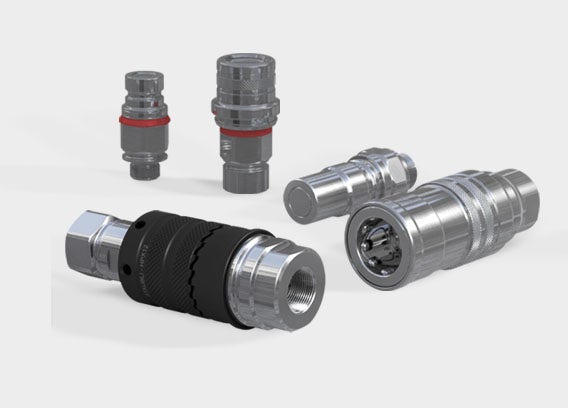
Hydraulic
Stäubli’s hydraulic couplers guarantee optimal flow rate and flawless hydraulic circuit integrity. Discover our broad range of hydraulic fitting types. -
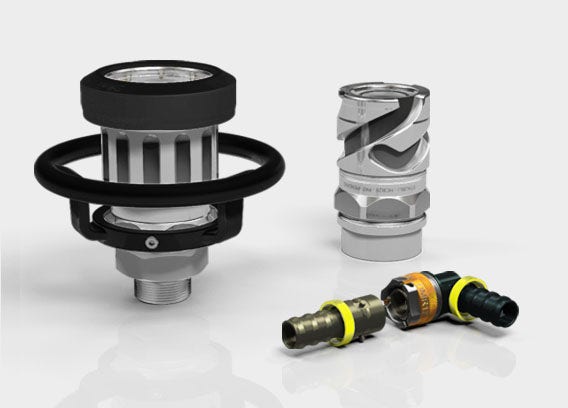
Filling & draining
With an emphasis on safe handling and environmental friendliness, Stäubli offers dry disconnect and quick couplings for filling and draining connections to meet the needs of numerous industries. -
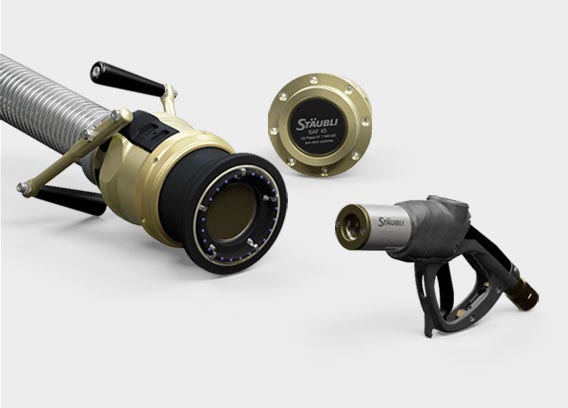
Fuels
Stäubli connection solutions offer high resistance to oil, pressure and vibration for every type of fuel, filling mode and vehicle, including light and heavy duty vehicles and aircraft refueling vehicles. -
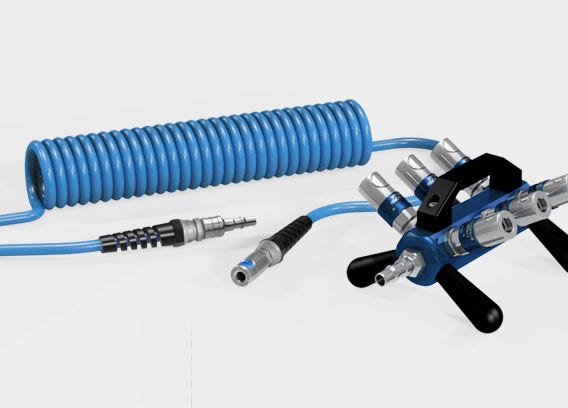
Breathing air lines
Understanding that breathing air lines are true life lines, Stäubli regularly ensures compliance with standards EN 12021, EN 14594 and EN 14593. -
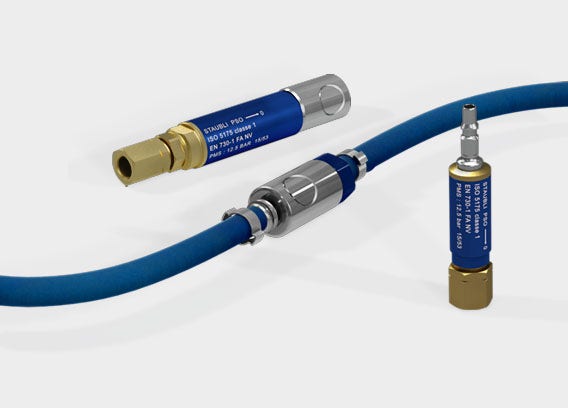
Welding lines
In compliance with safety standards NF EN 730-1 and ISO 5175 heavy class, Stäubli connections ensure the safety of both the users and the installations during oxy-fuel welding operations.
